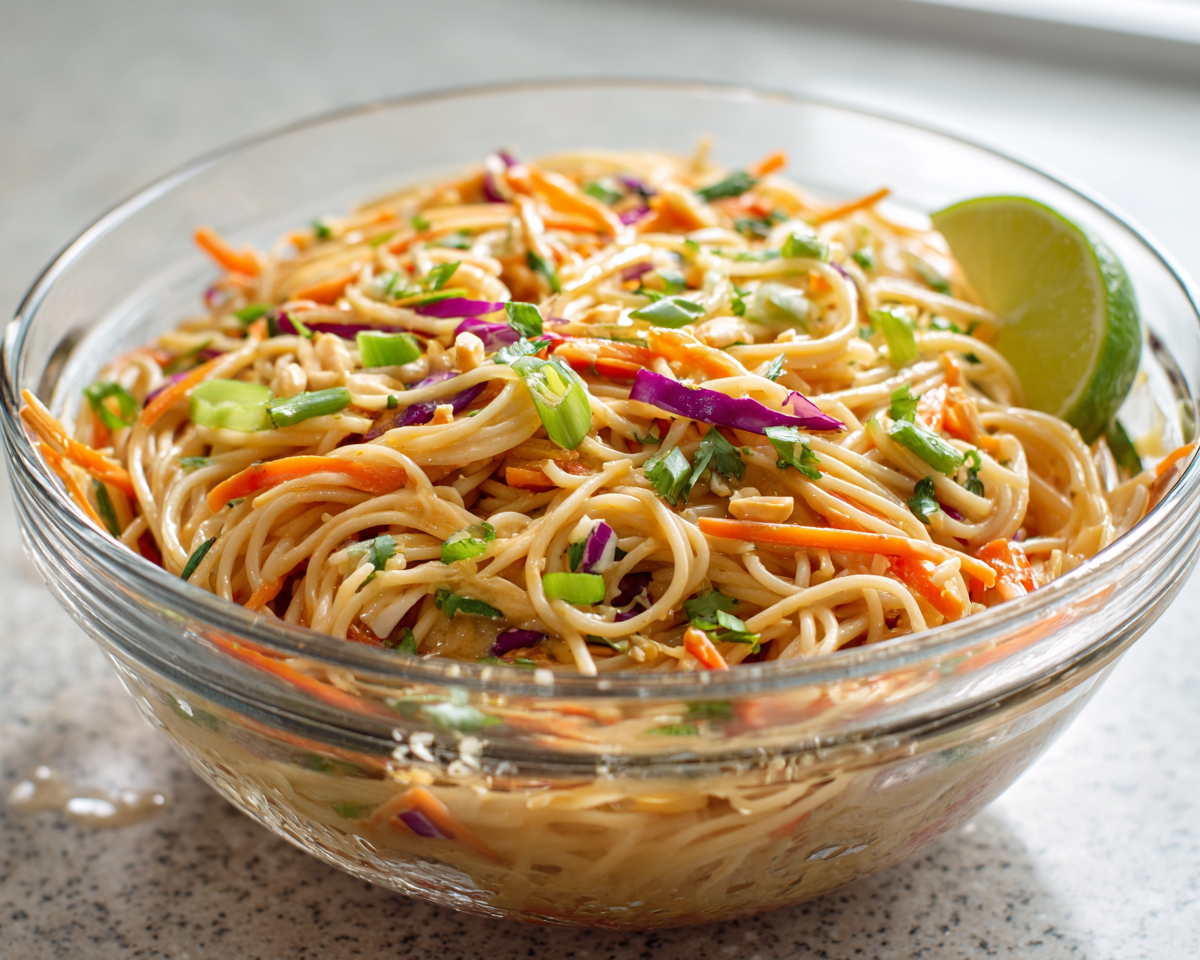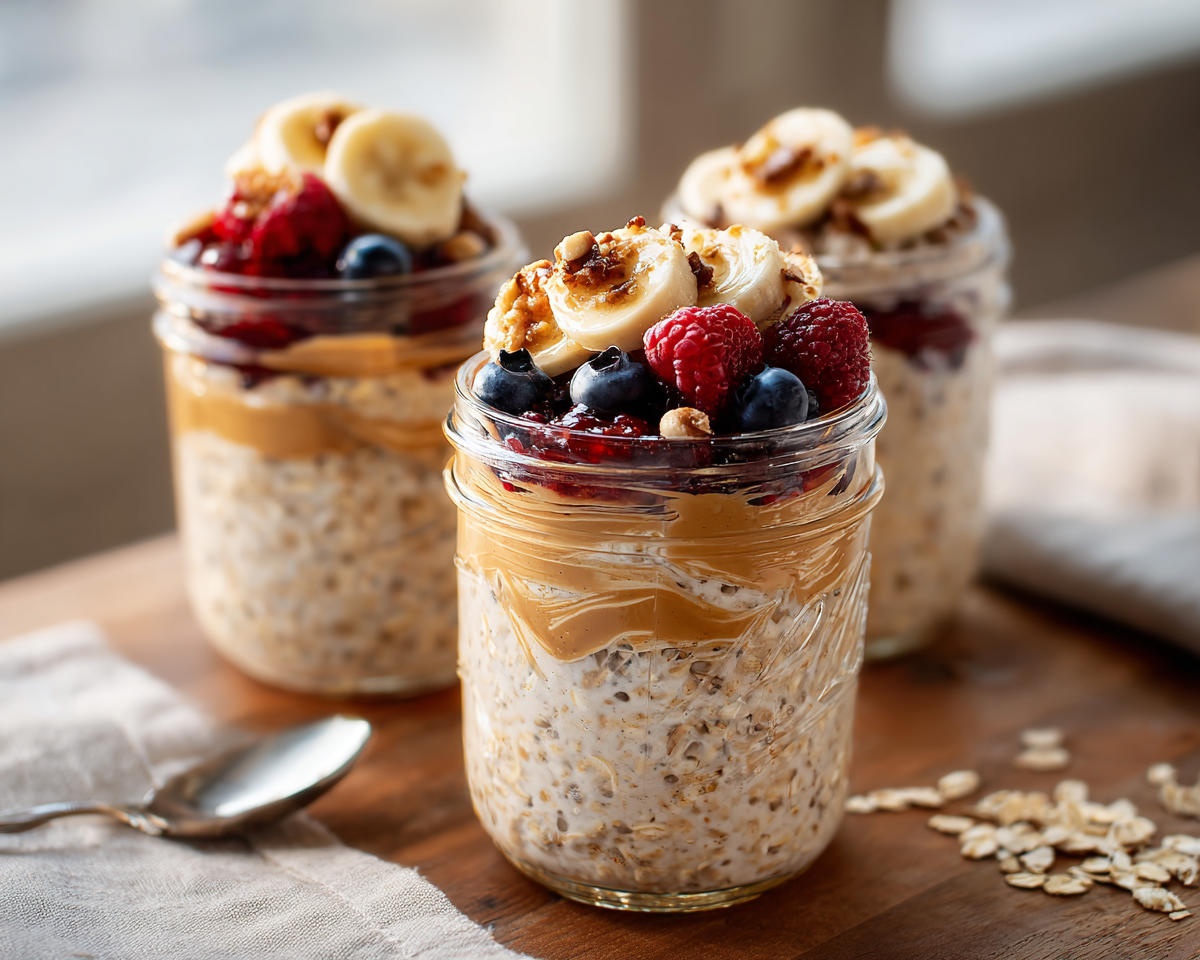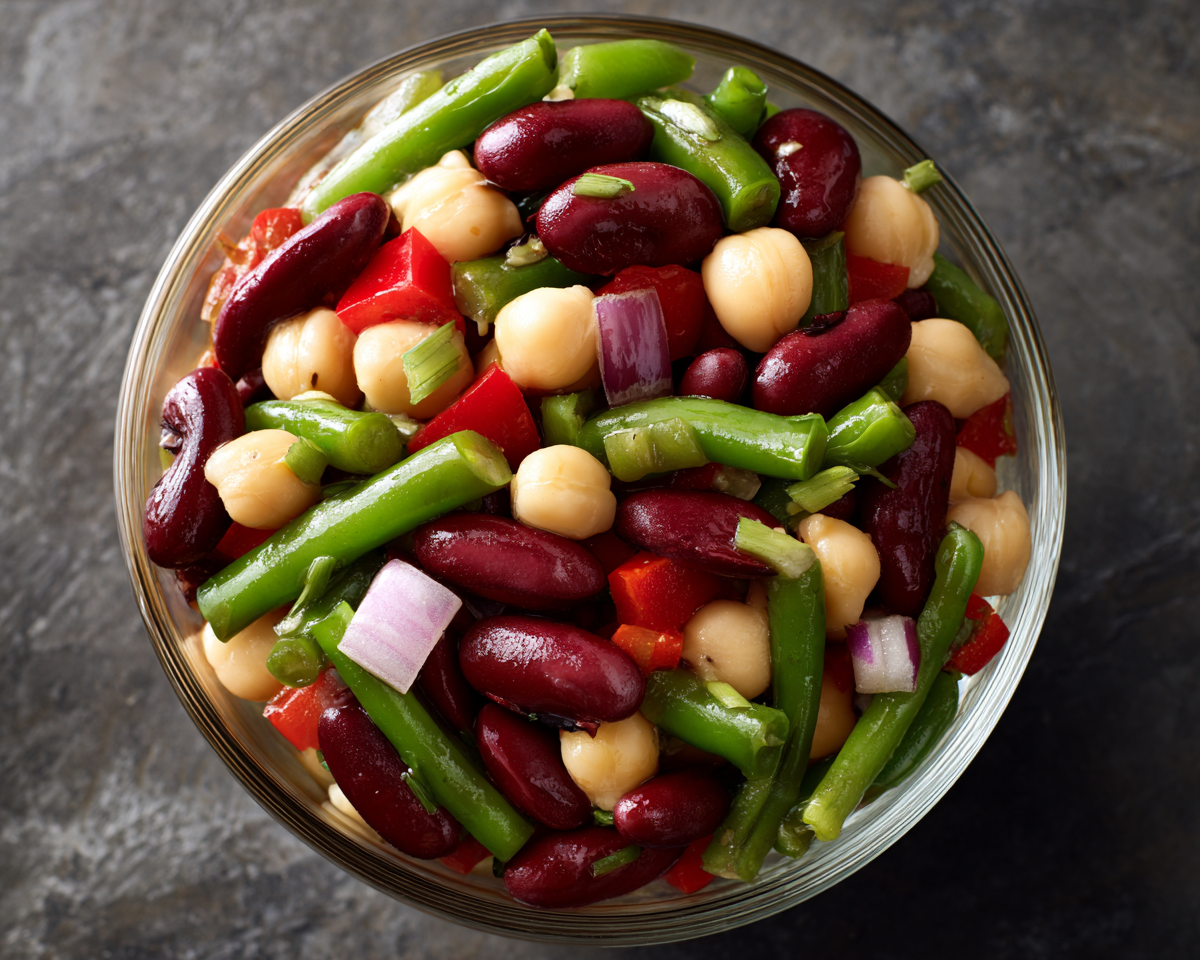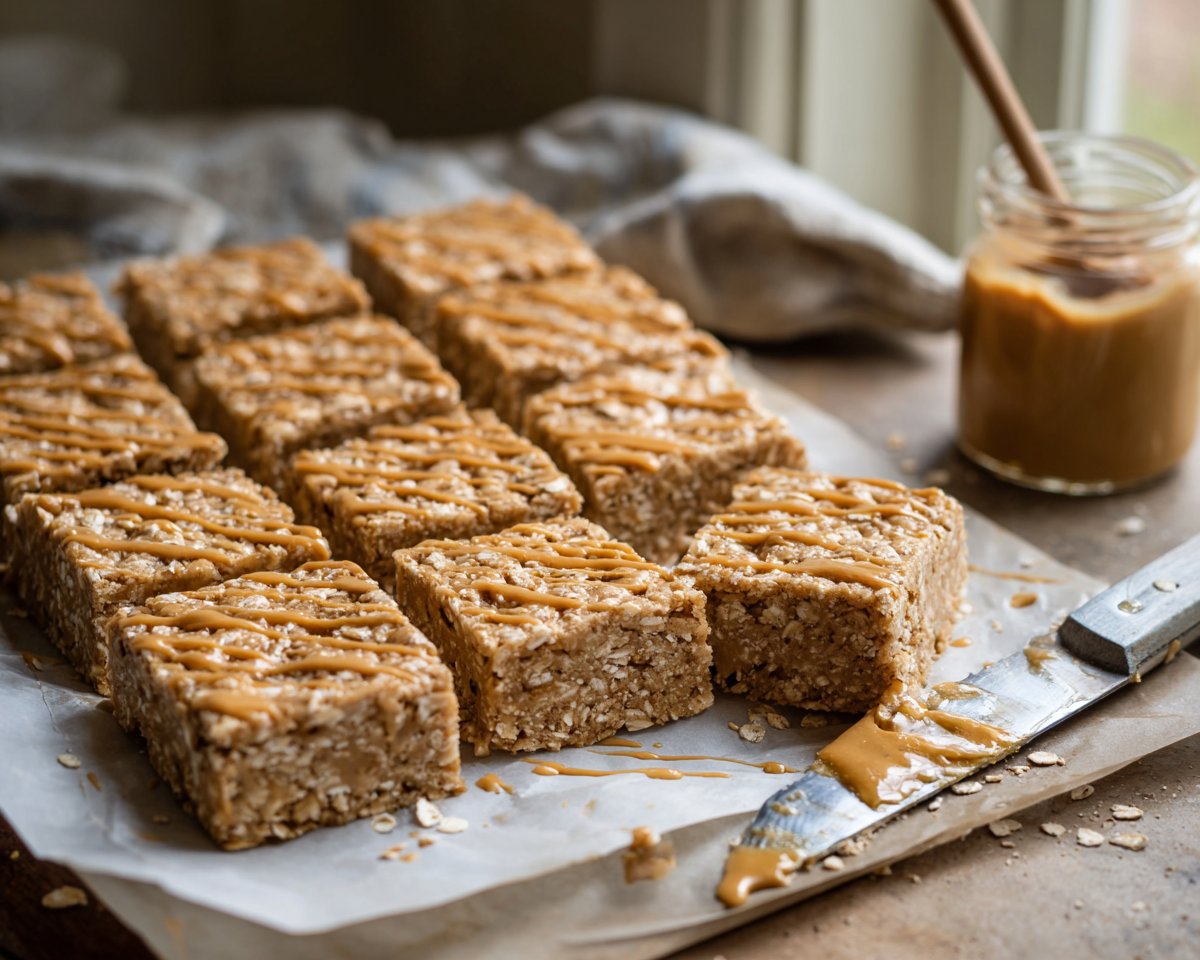
No-Bake Peanut Butter Oat Bars

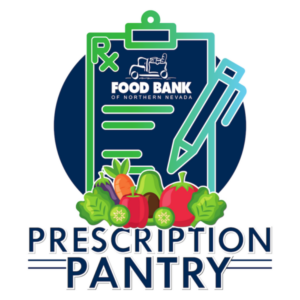
Good health starts with good food. That’s why our Prescription Pantry program connects people managing chronic conditions such as diabetes and heart disease with the nutritious foods they need to thrive.
In partnership with local healthcare providers and neighborhood food pantries, Prescription Pantry allows individuals with a prescription to visit participating pantries once a week, with the option of multiple locations if needed. These pantries receive additional nutritious foods selected with these health conditions in mind. The program offers support with the foods needed to help people not only manage their health but also work toward optimal health.
By bridging the gap between healthcare and food access, this program helps make nutritious food not just available, but an active part of the care plan. If you think Prescription Pantry could be right for you, talk to one of our participating healthcare partners to learn more.
Washoe County Partners
Rural Partners
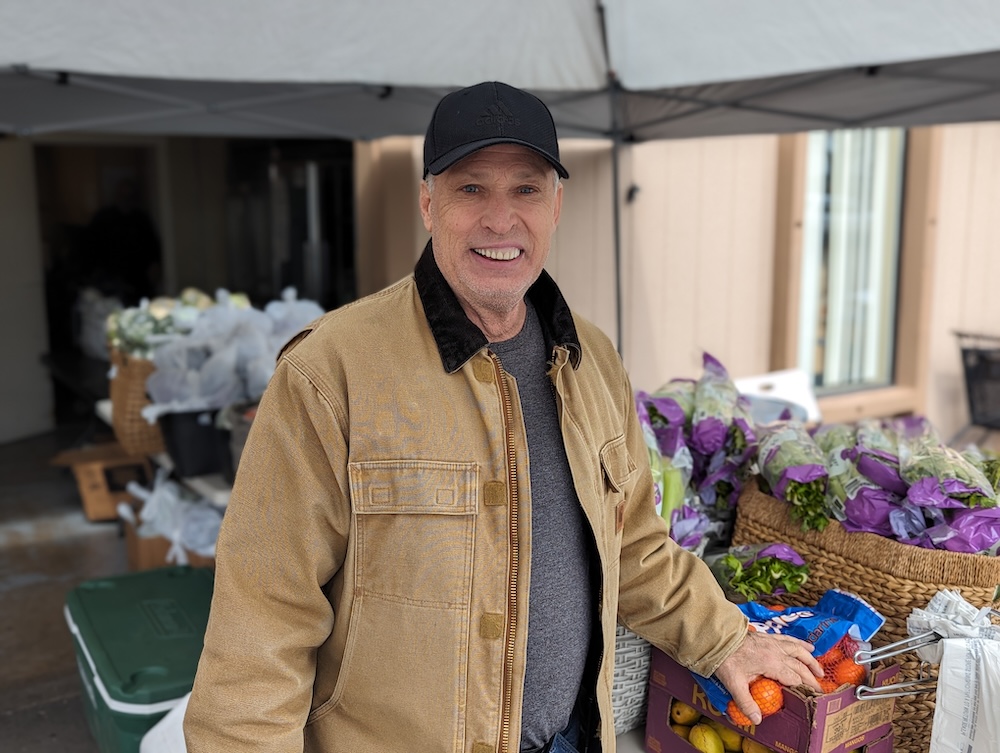
You may notice the stoplight symbols when visiting a Food Bank partner pantry. Aside from being the cutest stoplight around, these symbols play an important role in helping you make healthy, nutritious choices.
Food gives your body the nutrients it needs to perform at its best. The Supporting Wellness at Pantries (SWAP) stoplight system makes it simple to recognize foods that promote good health. The symbols are easy to understand at a glance, removing barriers like literacy or language. SWAP ranks foods based on levels of saturated fat, sodium, and added sugars — nutrients linked to higher risk of chronic disease — while emphasizing client choice. This isn’t about policing food; neighbors are always free to choose what works best for themselves and their families. SWAP simply helps make the nutritious choice the easy choice.
Developed by:

Low in saturated fat, sodium, and added sugar
Supports health
All fresh fruits and vegetables
Whole eggs
Whole grain bread, pasta, tortillas
Brown rice
Skim, 1%, and 2% milk
Plain water, coffee, and tea
Moderate levels of fat, sodium, or added sugar
Can contribute to good health
100% fruit juice
Regular “white” bread, pasta, tortillas
White rice
Whole milk
Most peanut butter
Plain dried fruit such as raisins
High levels of fat, sodium, or added sugar
Think of as treats. Limited health benefits
Desserts such as ice cream, cookies, cake
Candy
Most processed / packaged snacks
Regular soda and juice drinks


